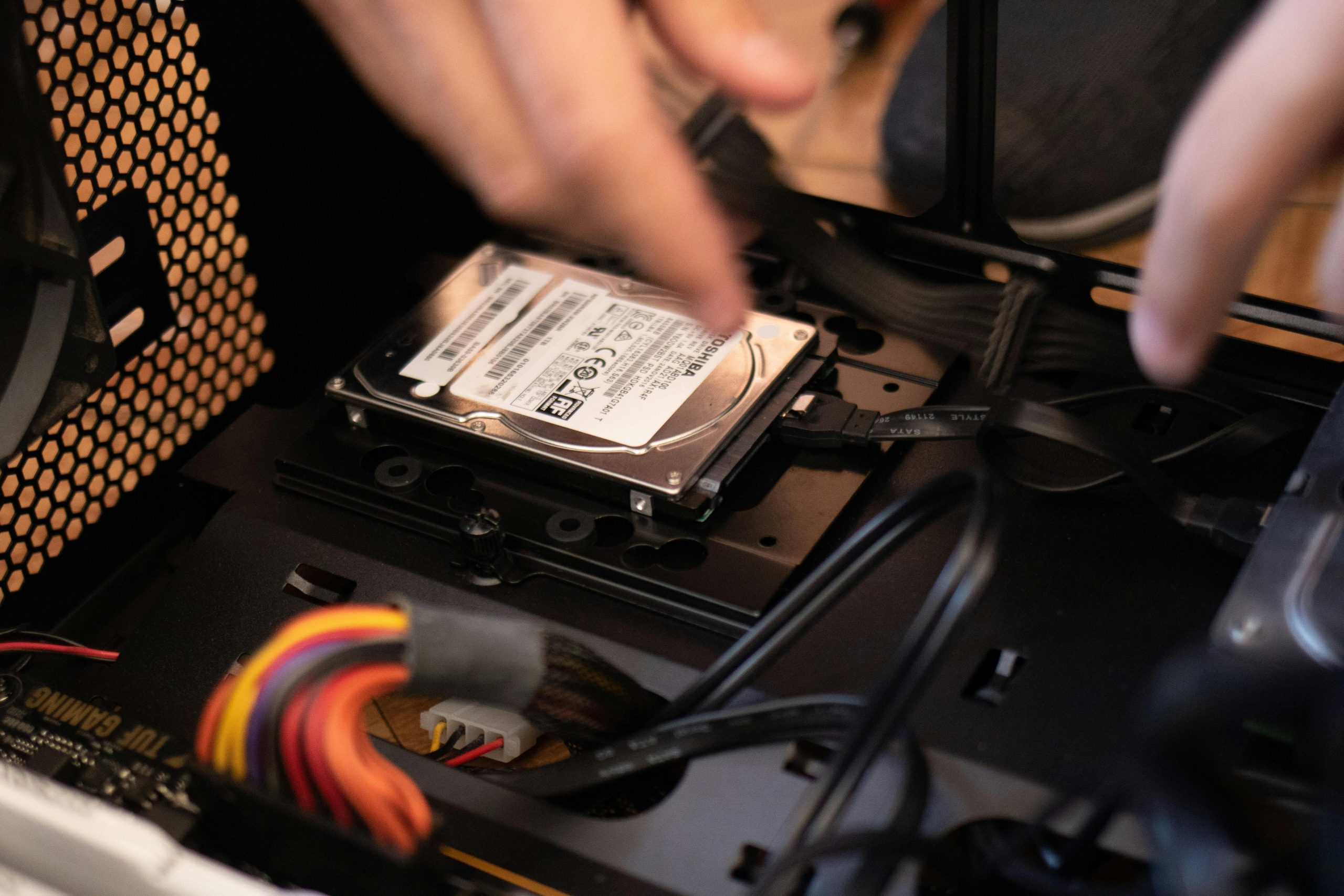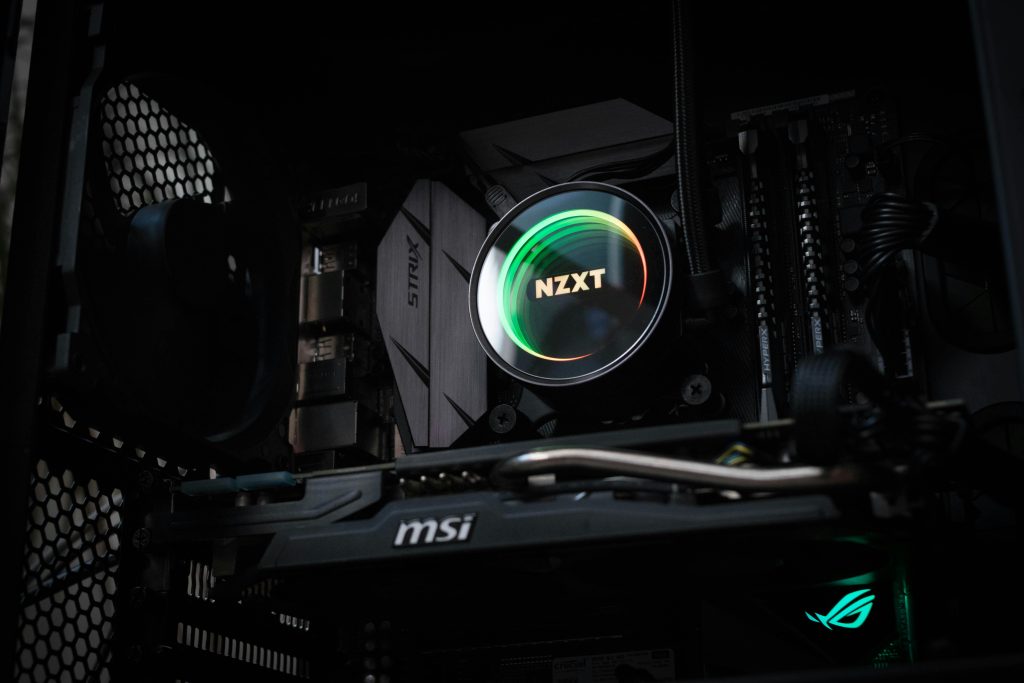Safely Formatting an External Hard Drive with Suspected Malware: Expert Strategies
Introduction
Acquiring a free external hard drive can be a great addition to your data storage solutions. However, what happens when the drive in question is suspected to be infected with a virus or malware? Ensuring that your primary computer remains safe while cleaning the external drive is crucial. This article explores best practices for securely wiping an external hard drive without risking contamination of your main system.
Understanding the Risks
Connecting an external drive suspected of malware to your primary PC can pose significant risks. Malware may automatically execute or embed itself into your system, leading to potential data breaches or system compromise. Therefore, it’s essential to adopt strategies that mitigate these risks during the cleaning process.
Best Practices for Safe Drive Formatting
-
Use an Isolated Environment
-
Utilize a dedicated, isolated machine: If available, perform the formatting on a computer that is not connected to your main network or sensitive systems. This reduces the risk of malware spreading.
-
Use a live boot environment: Consider booting from a live operating system (such as a Linux live USB) that runs entirely from the USB drive without touching your internal hard drive. This allows you to interact with the external drive in a controlled environment.
-
Employ Bootable Utility Tools
-
Create bootable antivirus or disk management tools: Several tools allow you to run system scans and disk operations without booting into your main operating system. Examples include:
-
DBAN (Darik’s Boot and Nuke): For complete disk wiping.
-
GParted Live: For partitioning and formatting drives.
-
Kaspersky Rescue Disk or Avast Bootable Rescue: For malware scanning.
-
Physical Disconnection and Offline Formatting
-
If possible, physically disconnect your main drive and perform formatting operations using a dedicated device or bootable environment. This offline approach minimizes infection risks.
-
Confirm the Drive’s Safety Post-Formatting
-
Scanner validation: After formatting, run malware scans using reputable antivirus tools. This verification step confirms the drive is clean before its routine use.
Handling Multiple Compartments
- If both the external drive and your computer are infected, the safest approach is to format the drive using a different, clean machine or a bootable environment rather than your primary PC.
Preventing Infection Transmission
-
When connecting the drive to another PC for formatting, ensure that PC is free of malware. It’s advisable to first scan the secondary machine for infections.
-
Always eject drives properly after cleaning to reduce
Share this content:



